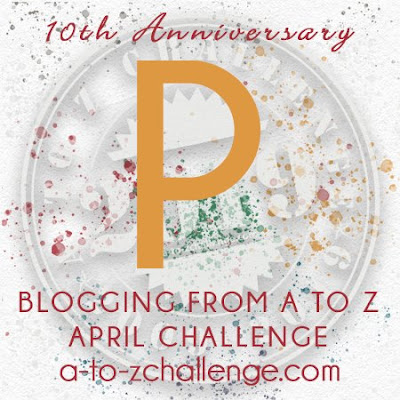
Yesterday, I noticed that the forsythia shrubs had started to bloom. The bright yellow blossoms are very delightful to see. They look like little reflections of sunlight that covers the tree branches. And, not only are the forsythia shrubs pretty when they bloom, they are also conveying a message: it is time to prune your rose bushes. Yes, early spring is the best time to prune rose bushes.
Pruning is a good thing for both shrubs and trees. When you prune, you are basically giving your shrubs and trees a good haircut. So you make them look their very best. They look great when you maintain their natural shape. You’re just cutting away the excess that makes them look overgrown and untended.
When you prune, the equipment that you use is important. There are different types of pruners, and they are not equal. In my trainings, I was told that, for pruning live plant material, the best type of pruners are bypass pruners. They come as hand pruners and as loppers. If you are pruning away dead plant material, then anvil pruners are very good. Try not to use anvil pruners for live plant material because they tend to crush soft plant material. Bypass pruners will not harm your delicate shrubbery. Other tools for pruning trees would include saws and pole pruners.
So…. when do you prune trees and shrubs? And when do you not prune?
If you have flowering shrubbery, such as lilacs, it’s best to wait until the flowers have died away. If you prune them too early, you might miss out on seeing those lovely flowers because you’ve pruned off buds. For other shrubbery, such as evergreens, go ahead and prune while they are in late dormancy (late winter and early spring). You can continue to give your shrub a haircut when it starts looking overgrown. Apple trees are best pruned when they are dormant, which in the area that I am in (USDA zone 6A), would ideally be March or early April.
Make sure not to prune too much at one time. The recommendation that I have heard is not to prune off more than one-third of the shrub at one time. It is too big of a shock to a tree or a shrub. If a tree is in need of major pruning, you might want to make it a multi-year project. Prune in stages and, after a few years, you will see how beautiful your tree looks.
Don’t prune anything after August because pruning encourages growth and, when the season is shifting to autumn and then winter, it is necessary to allow the plants to go dormant. The main exception to that rule would to remove dead branches or to remove a hazard, such as branches leaning over a driveway or a sidewalk, where people are likely to drive or walk into them and risk… putting an eye out!
Happy pruning!

I feel a pruning session coming on 🙂
Great tips, Alice! My hubs and I do not see eye to eye on pruning. I see it as a subtle art while he prefers to hack.
I did not know any of this! I tend to kill even the hardiest plant, so I have never tried tending to a rose bush.
Great pruning tips. Hubby just finished pruning some of our bushes.
I had no clue there was so much science to pruning and also different types of pruners for live and dead plants! Gardening is a lot of work – of course the fruits of labour more than make up for the effort.